The weekend appeared calm. I had the evening off and was at home, Philippe Wojazer was “on call,” Benoit Tessier and Gonzalo Fuentes were covering the France v Germany friendly at the Stade de France, while Jacky Naegelen was editing the game from home in Alsace using remote editing software.
Just before ten the phone rang and in a grave voice Senior Editor-in-Charge John Schults told me that a shooting had occurred at a café on the rue Bichat in eastern Paris and I should get there as fast as possible. I was to join Philippe, who had called in the initial report, and was already heading to the scene on his motorbike.

Around the same time, Benoit and Gonzalo heard explosions at the Stade de France. They turned their lenses away from the match and scanned the crowd to try and catch something. As soon as they heard reports that the explosions were outside the stadium they headed out. John had also called in Charles Platiau to reinforce them.
I took the bulletproof vest out of the trunk of my car – it had been there since the Charlie Hebdo attacks in January – and got on my scooter. I stopped by the bureau to pick up a 400mm lens, certain that the security perimeter would be wide, so I would need a long lens.

While I was en route to rue Bichat, Benoit called to report a second shooting incident, 2 km from the first one, on the rue Charonne. I changed direction to head there. As I listened to the radio for updates, France Info reported that there was a hostage incident taking place at the Bataclan concert hall, a historical theatre that can hold some 1,500 people, where rock band “Eagles of Death Metal” were playing. I could be there in just a few minutes.
As I tried to navigate to the theatre, looking for streets that weren’t blocked by police lines, I quickly checked the wire on my iPhone and saw the first terrifying photos captured by Philippe. The full horror of what was transpiring hit.
Philippe had sent pictures from his camera body using Wifi while Regional Chief Editor Mal Langsdon, John and Jacky cropped, edited, captioned and transmitted the images to global clients.

Moving quickly, I tried to get as close as possible to the Bataclan and found a position on Boulevard Richard Lenoir. The police warned journalists that the attackers were active and we could be considered targets. They ordered us to take cover.

The streets were silent. Security forces evacuated some victims, who were taken to safety by police and rescue crews. The 400mm lens enabled me to capture images of the scene. The pictures were transmitted from my camera to editors and were out on the wire within minutes.

Information coming from the police on the scene and news reports on the radio got more and more frightening: there were several hundred people inside the concert hall being held hostage by heavily armed attackers. Special forces units started arriving on the scene in huge numbers. With two colleagues we decided to seek shelter. A young Polish man let us into his apartment on the sixth floor and we took up position at the windows.

Philippe called me and said he was moving to get closer to the Bataclan. He found a position on the other side of the street from me, giving us two angles to cover the scene.

Meanwhile, outside the Stade de France, Benoit, Gonzalo and Charles were covering the evacuation and rescue operations.

Just before midnight explosions were heard at the music hall. We could not see what was happening; no angle gave us a direct view to the entrance to the Bataclan. Once the special forces operation finished people covered in blood and wrapped in blankets came flooding out of the theatre. We descended from our window perches to photograph the victims.
The news reported heavy losses of life, perhaps more than one hundred dead and many, many wounded. Exhausted people, covered in thermal survival blankets, wandered in the street, waiting to be evacuated.

With Philippe, and now Benoit who had arrived from the soccer stadium, we tried to record the emotion that these instants provided.

Some people, covered in blood, spoke to us. They were not wounded: the blood on their clothes came from other victims of the shooting. Their stories were chilling. The moments they lived will remain with them forever. They also mark the life of a photojournalist.










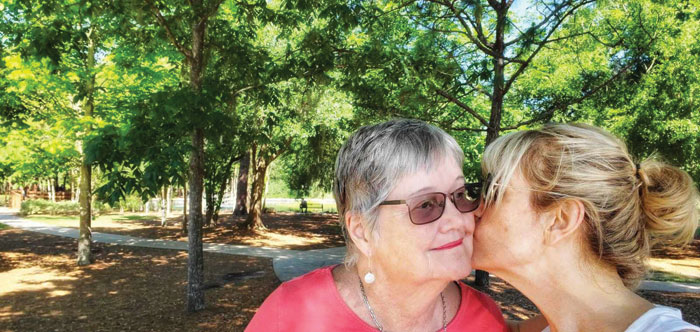
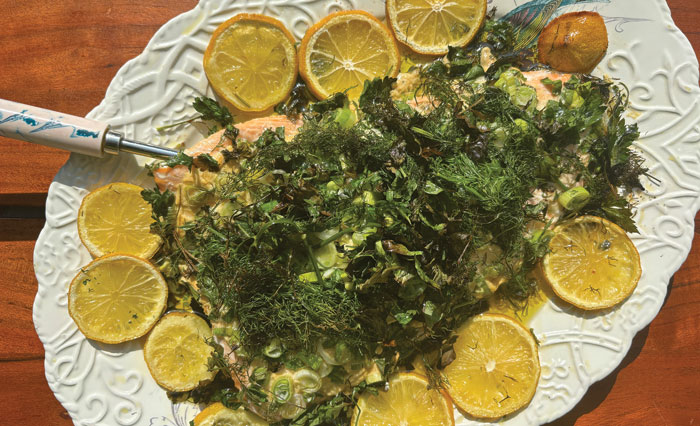
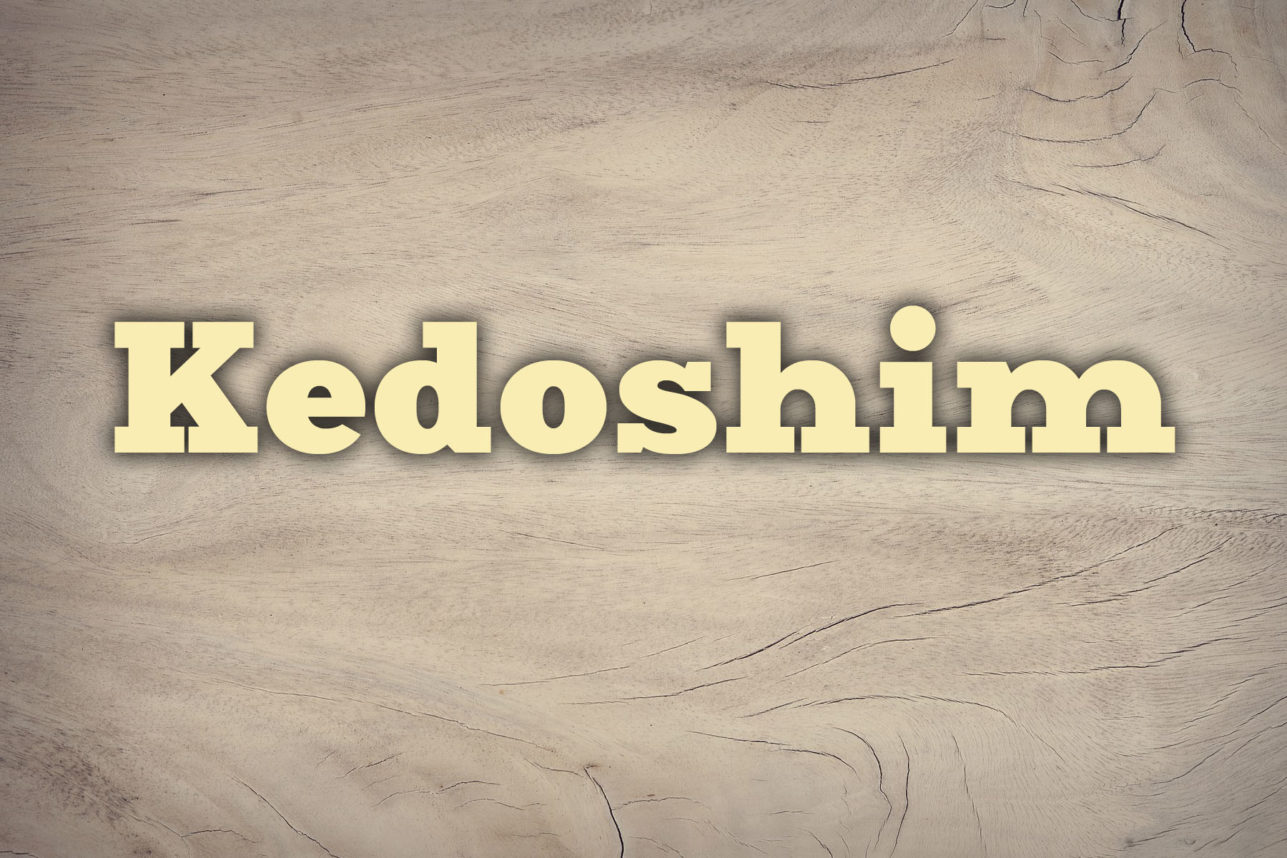
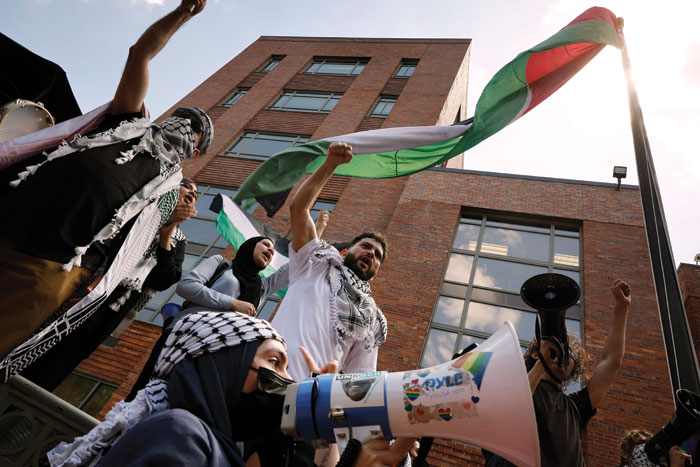
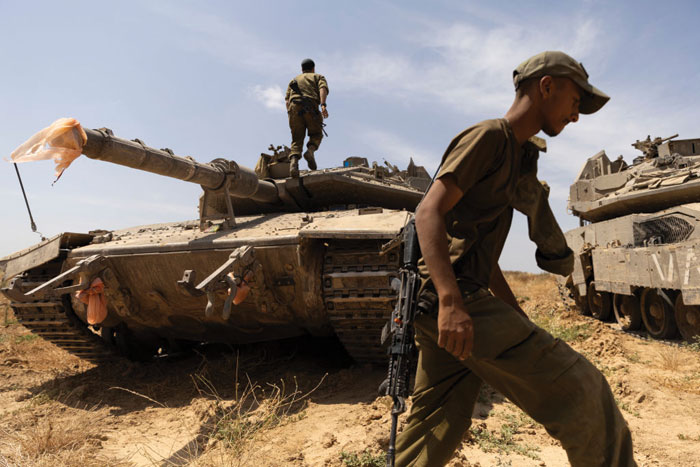
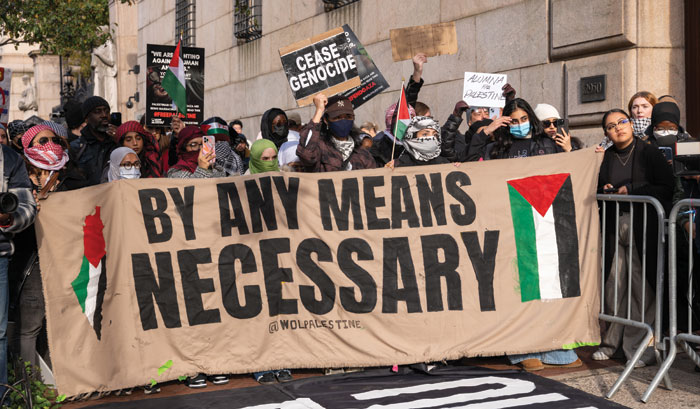
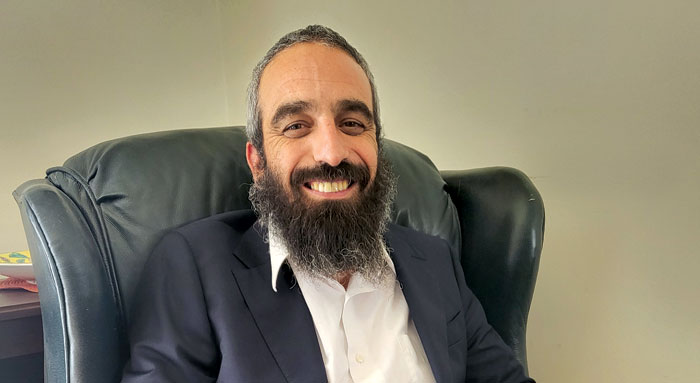
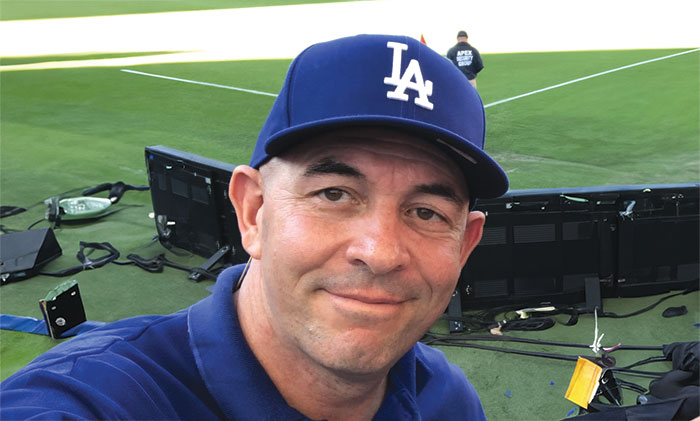





 More news and opinions than at a Shabbat dinner, right in your inbox.
More news and opinions than at a Shabbat dinner, right in your inbox.